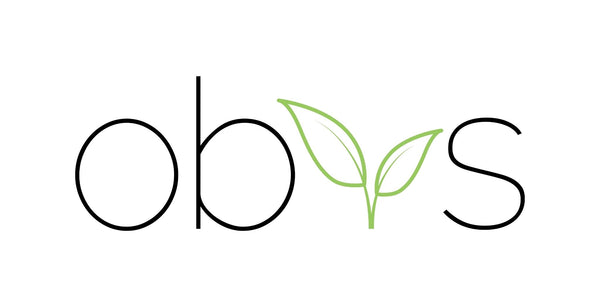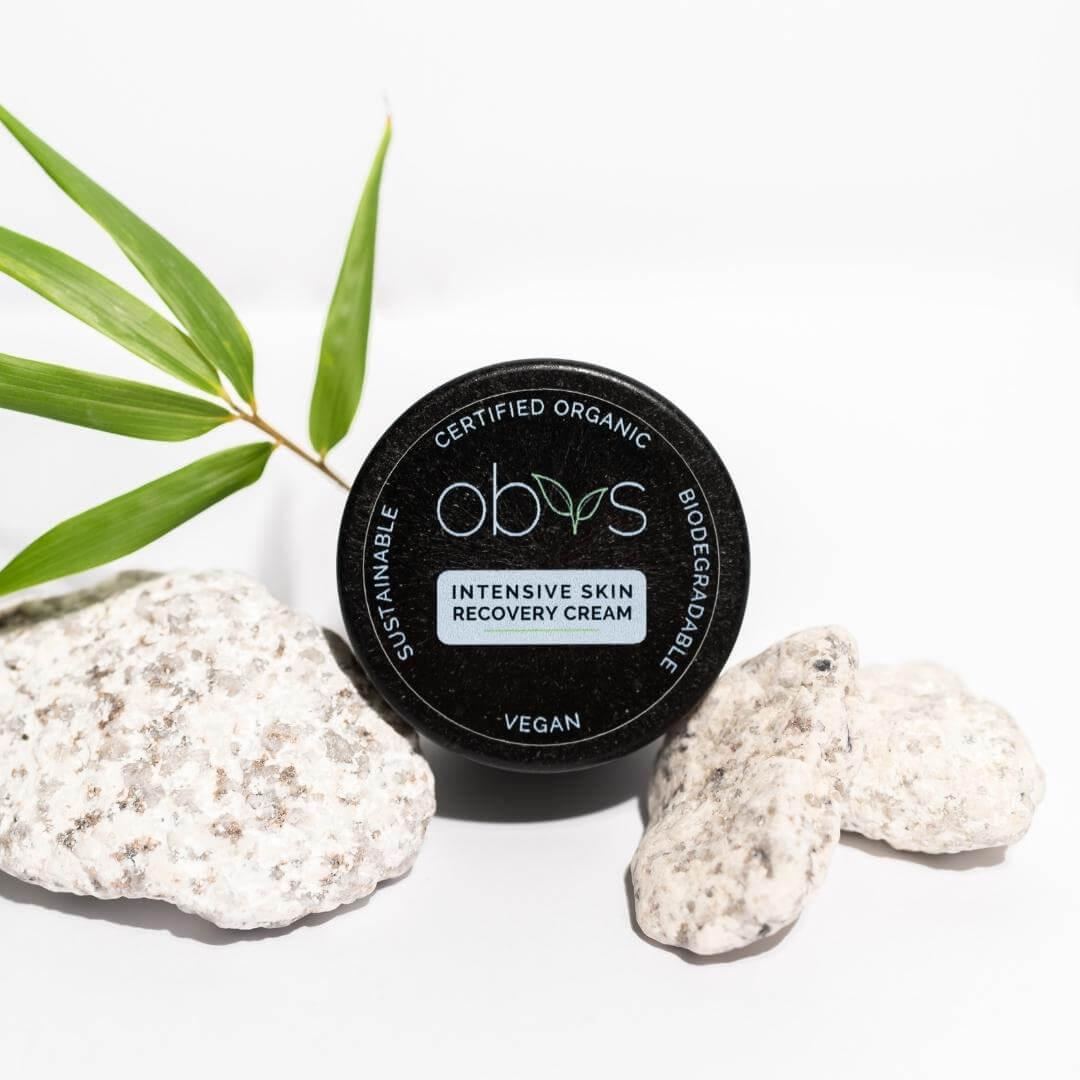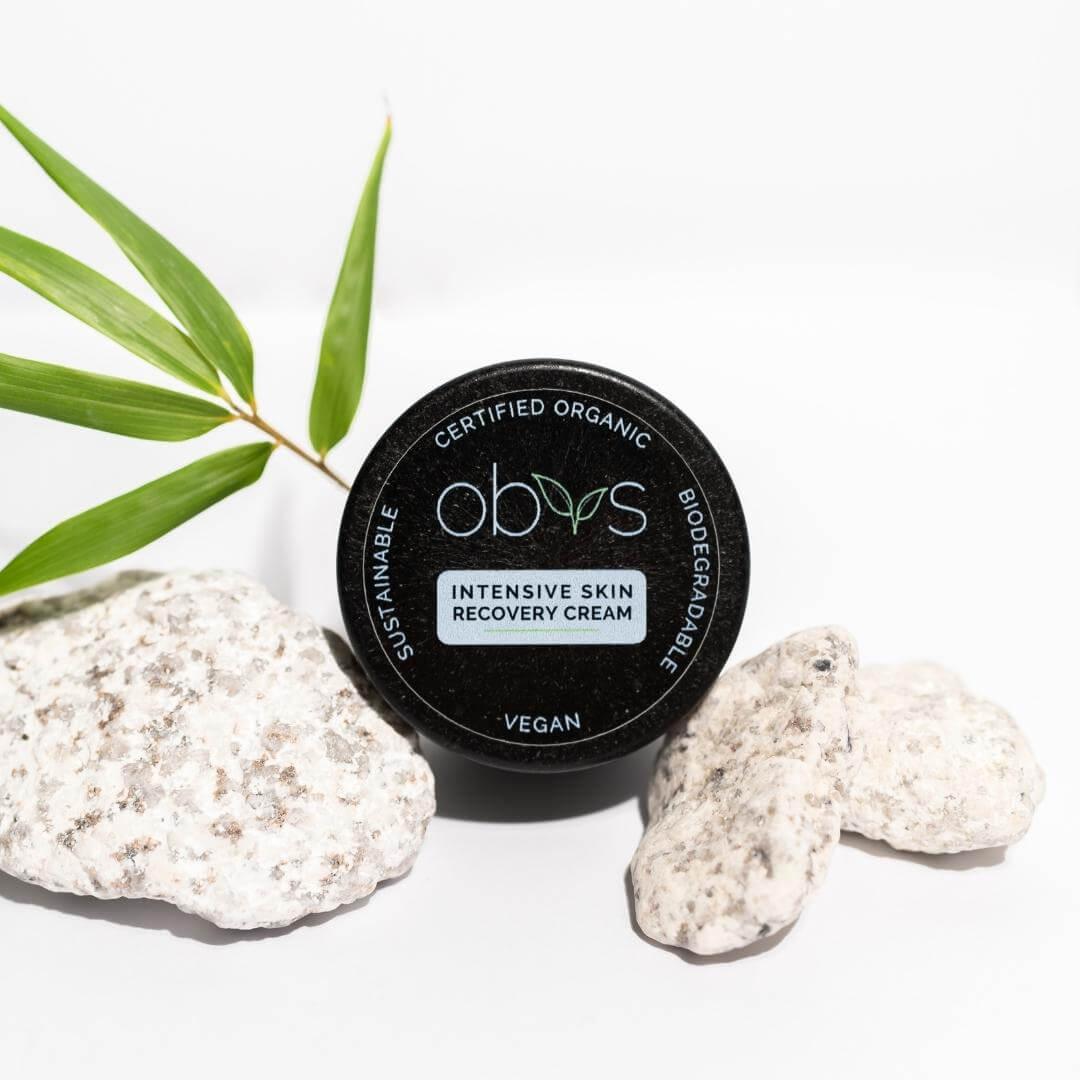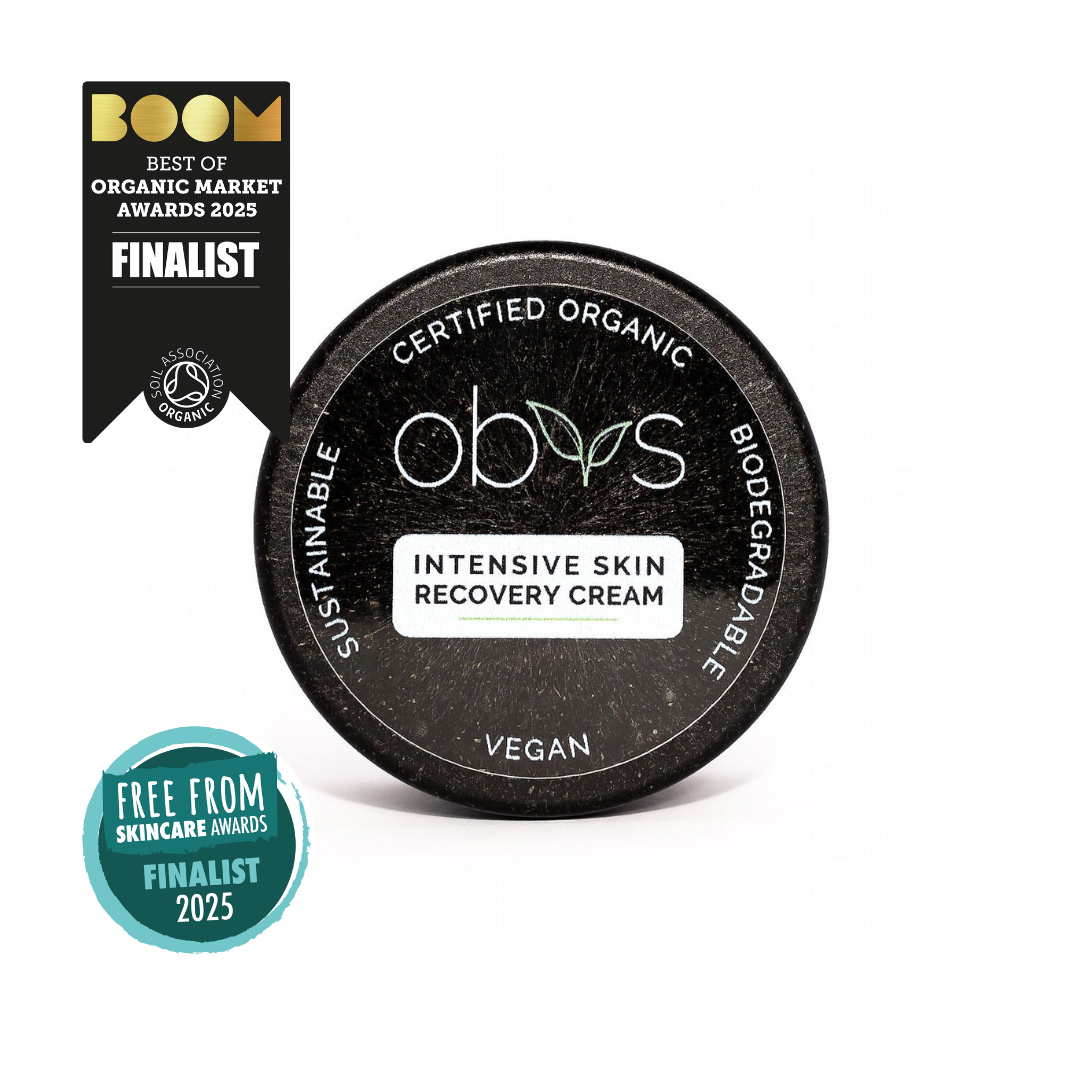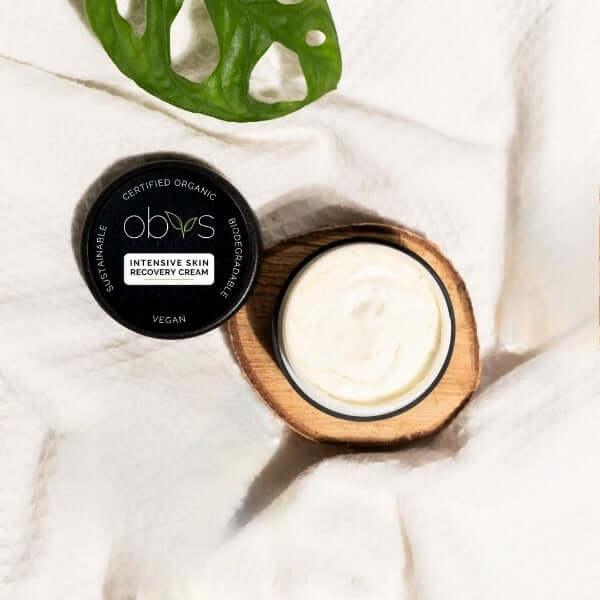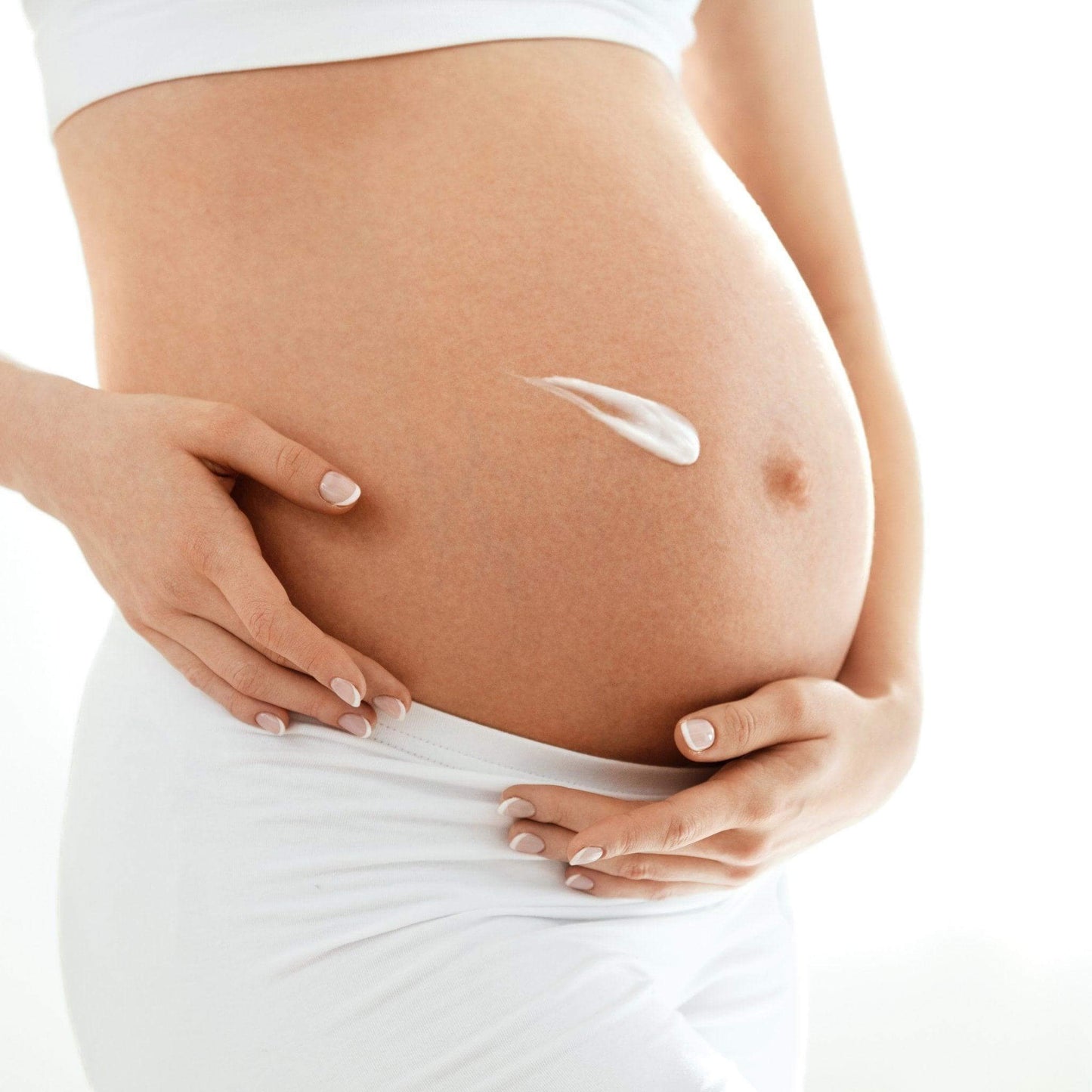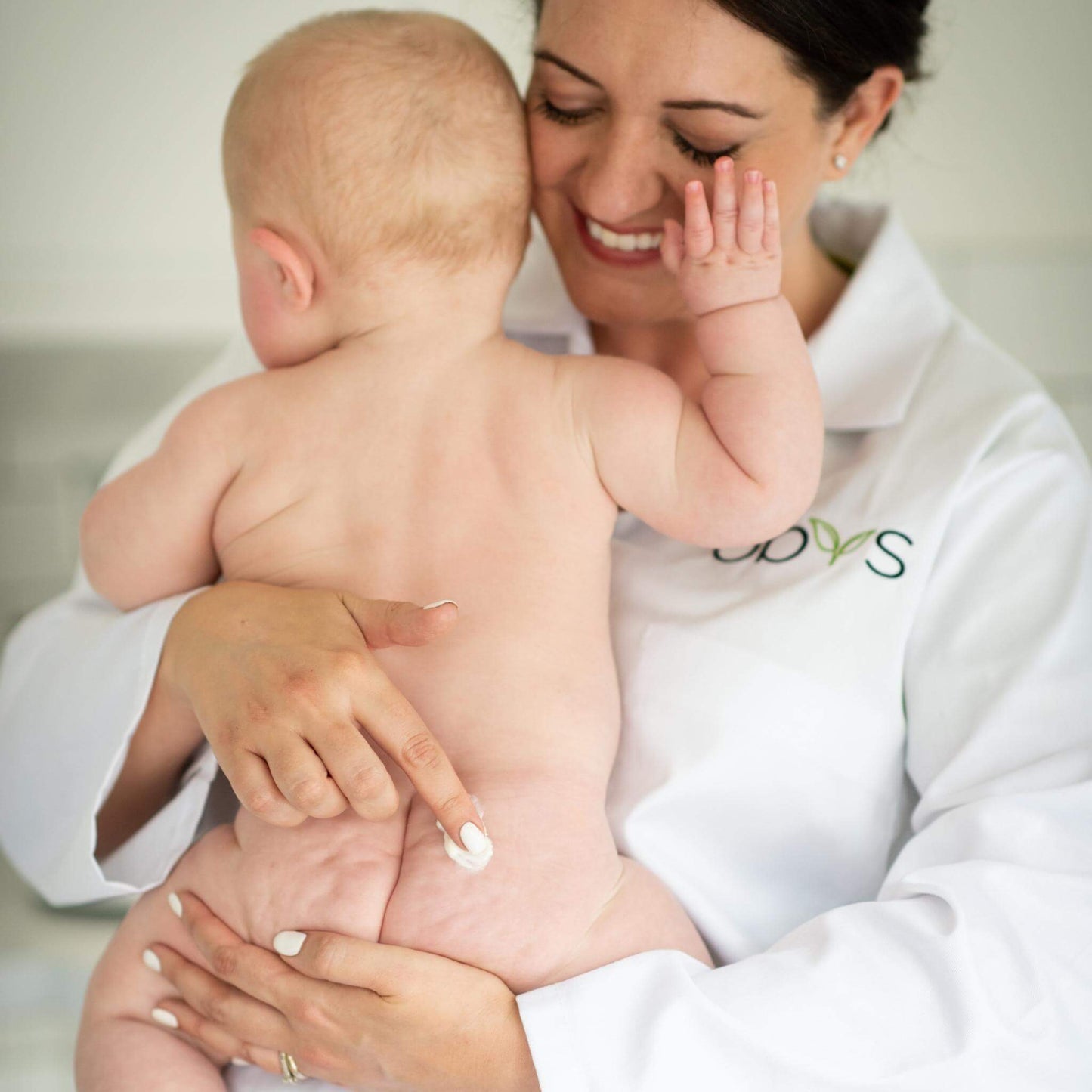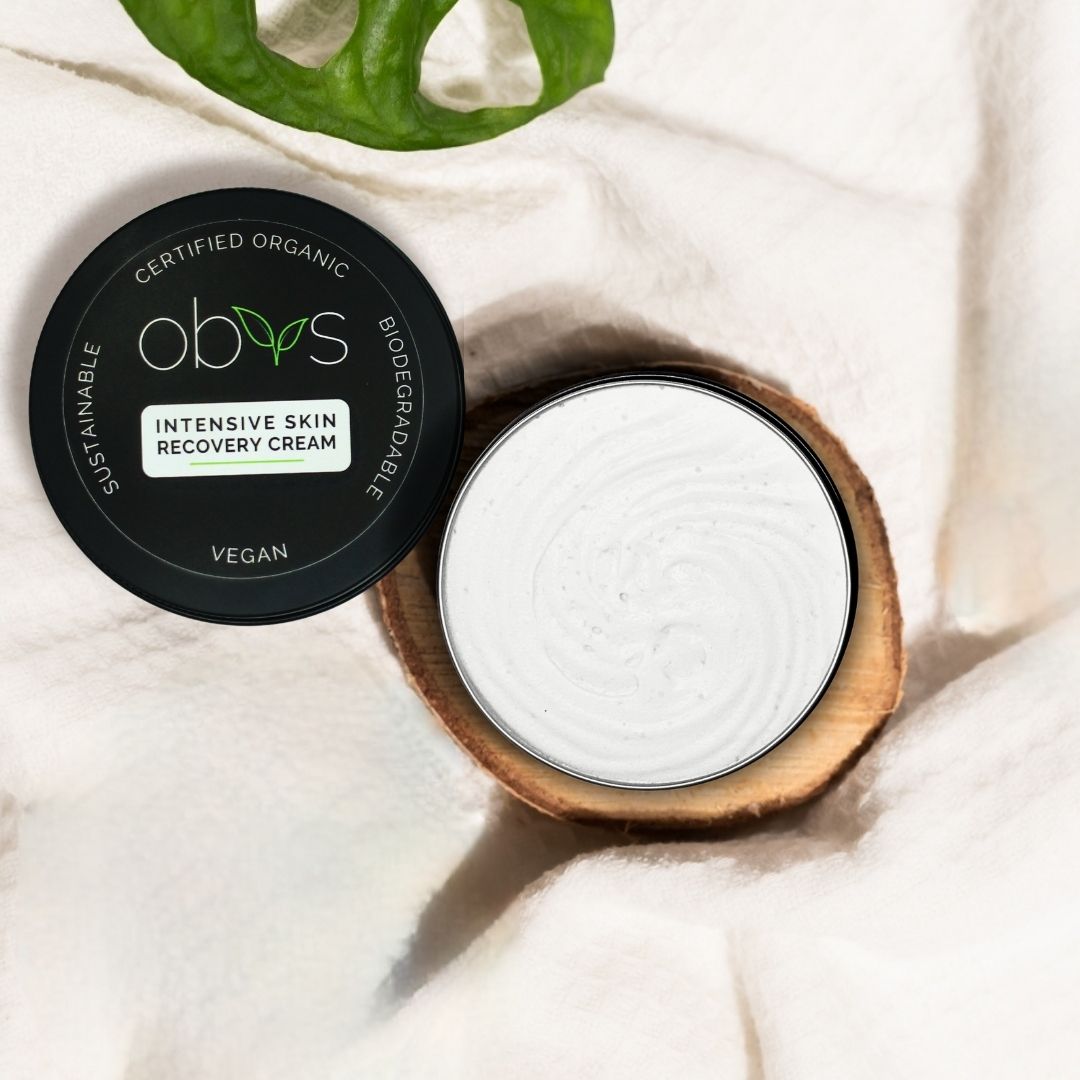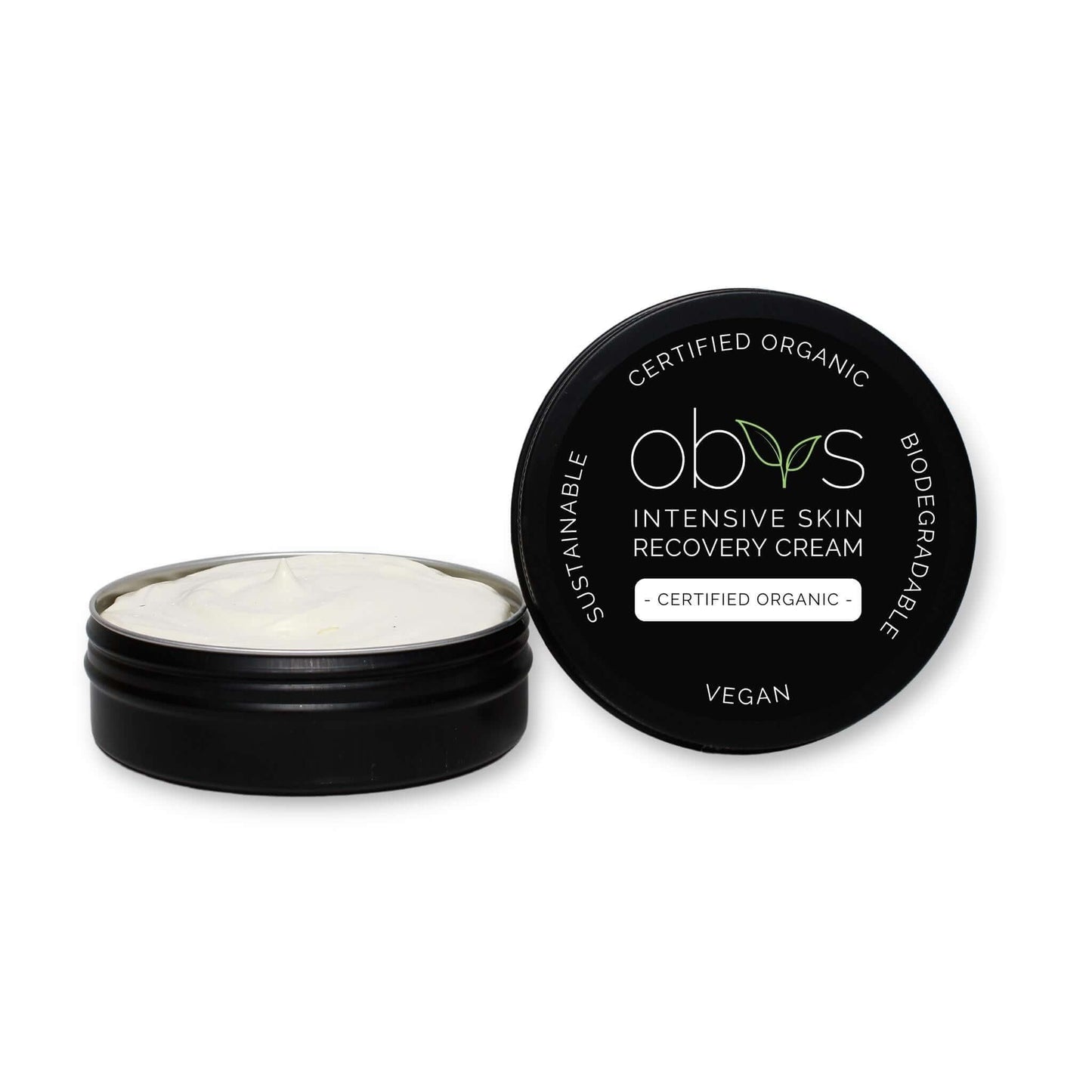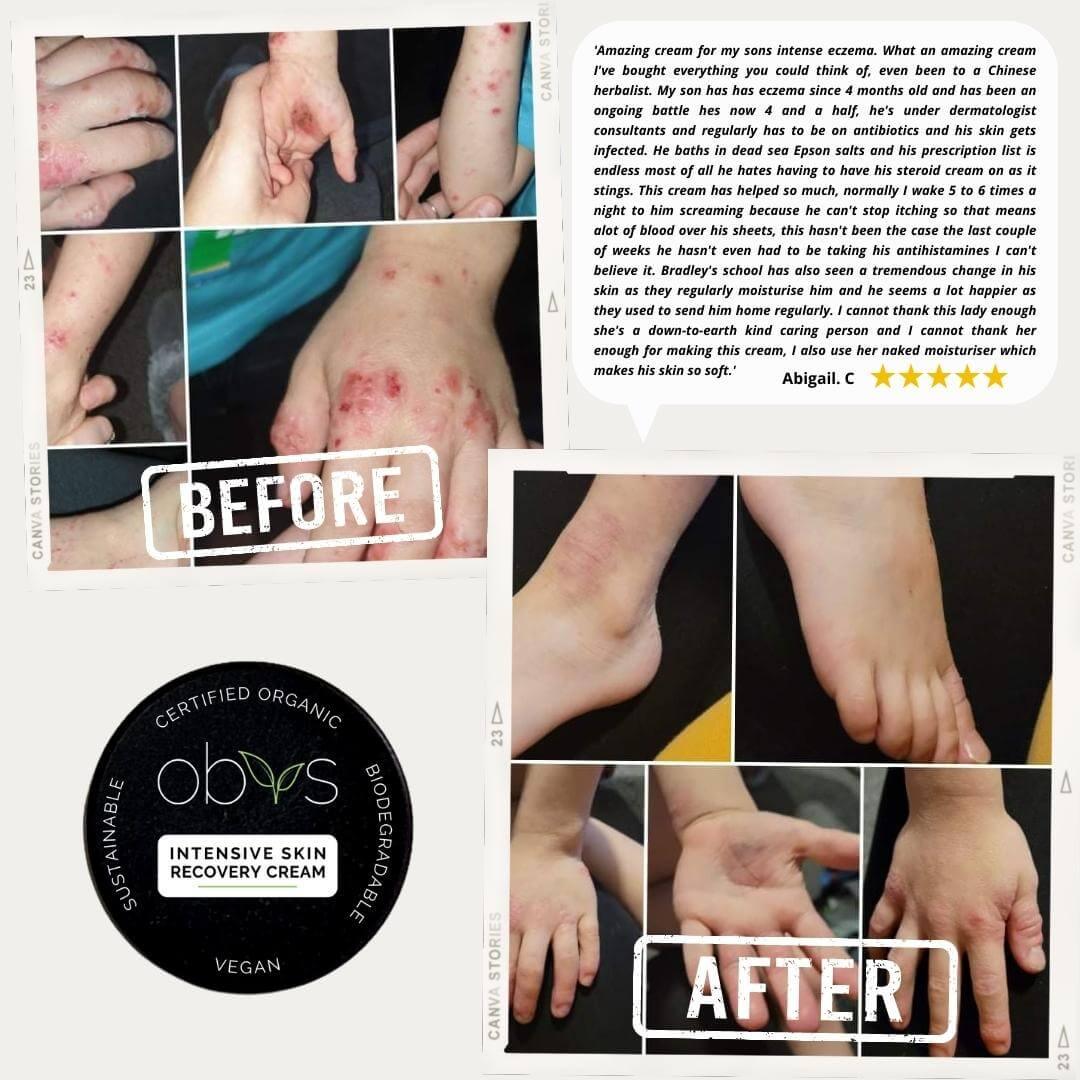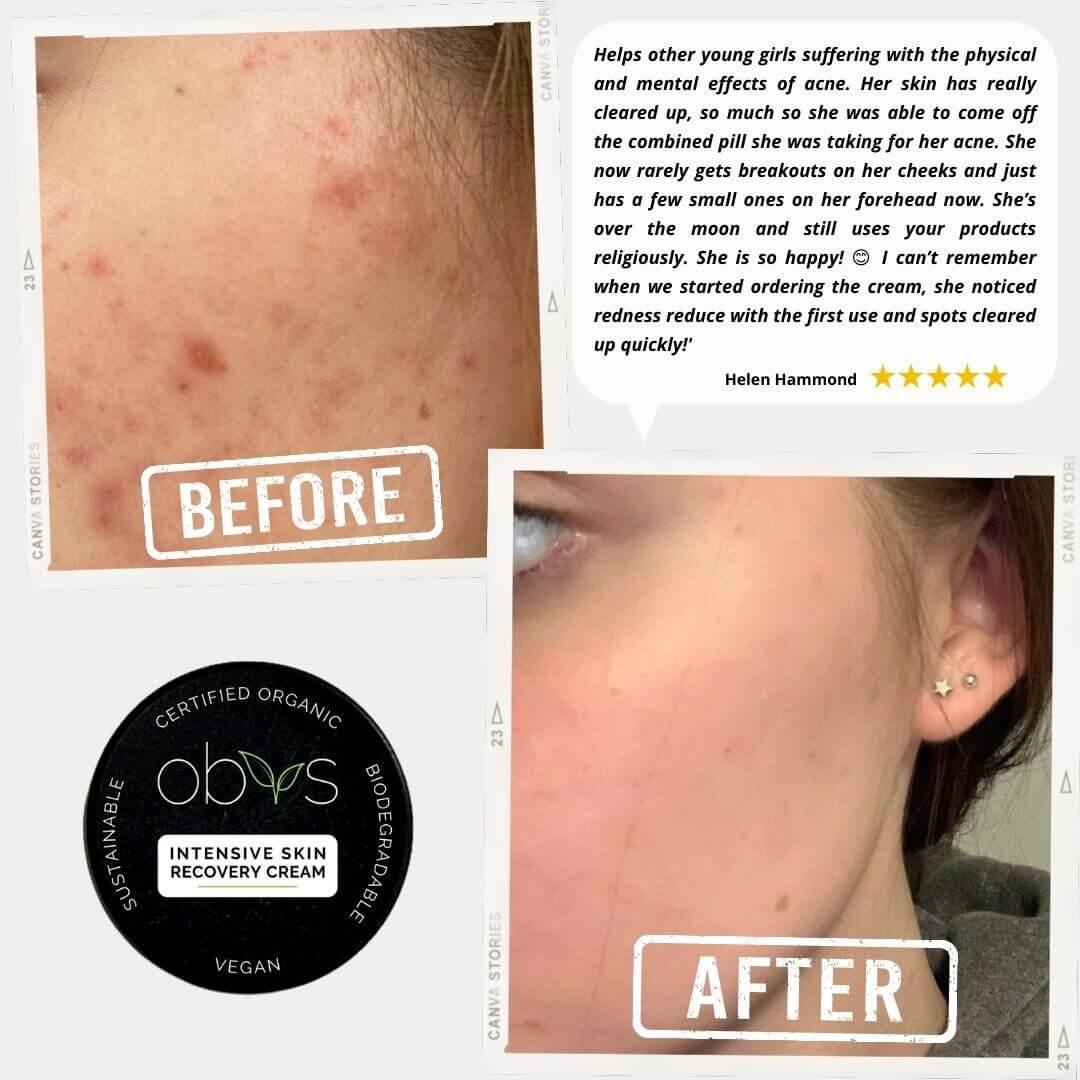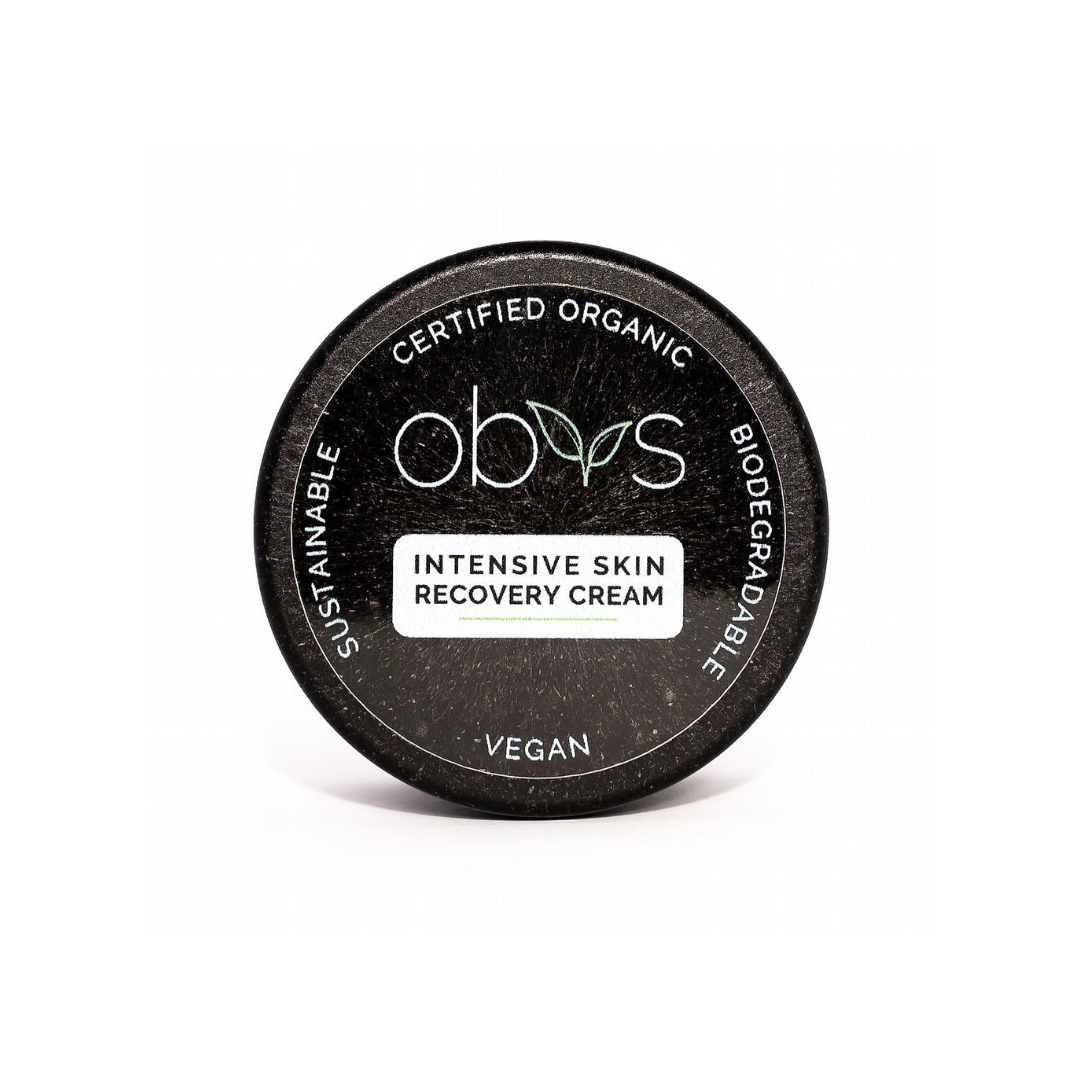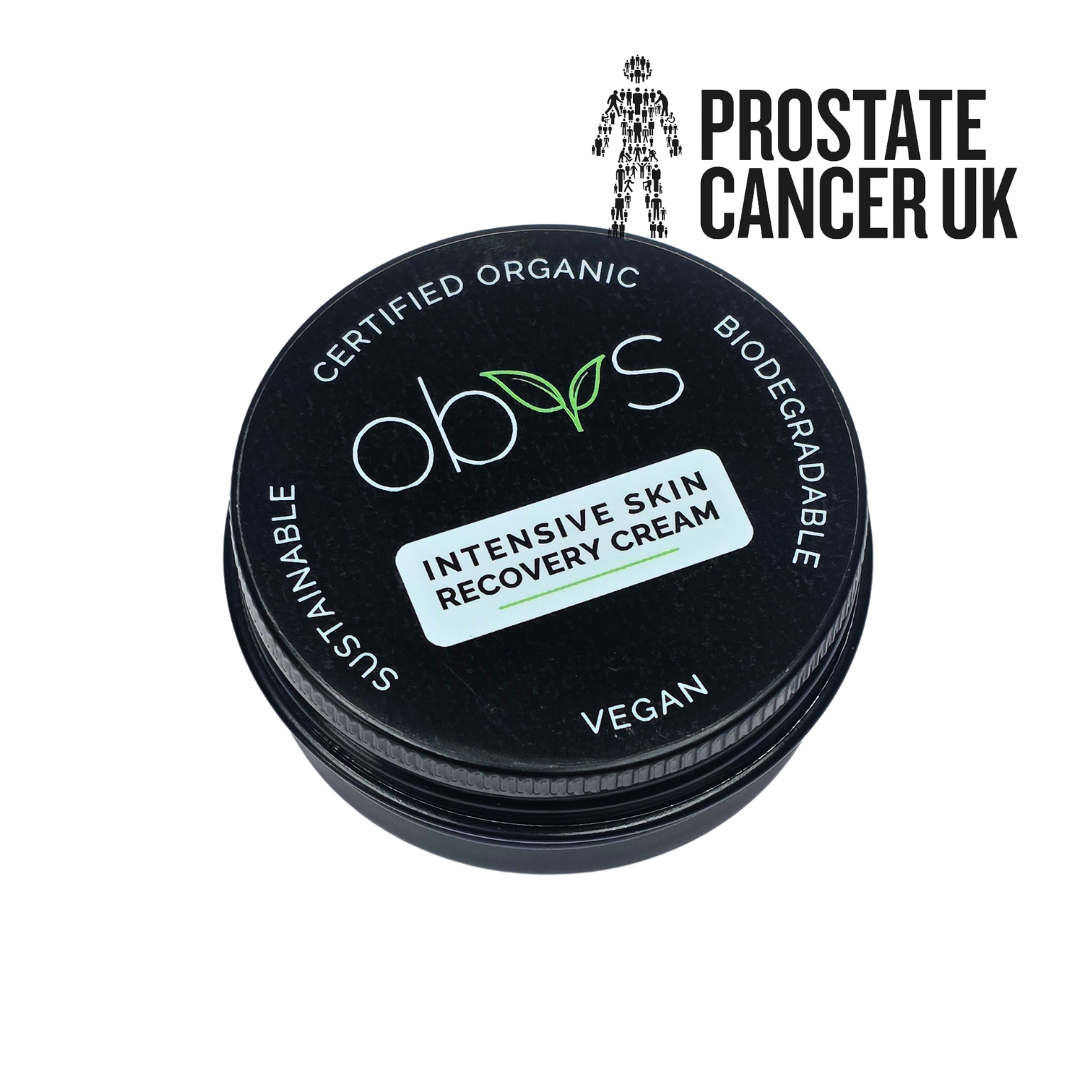
Rehydrated and Soothed: Exploring Wet Wrapping for Eczema Relief
Share
Managing eczema can feel frustrating, especially when traditional moisturisers seem to fall short.
This is particularly true for those with extra sensitive or damaged skin. Fortunately, a research-backed solution exists: wet wrapping.
In this guide, we'll delve into the science behind wet wrapping and explore how it can help you achieve healthier, hydrated skin.
Contents
- Introduction: What is Wet Wrapping and Why You Should Try It
- Key Takeaways: Benefits of Wet Wrapping for Eczema Relief
- The Science Behind Wet Wrapping: How it Works
- Wet Wrapping Step-by-Step: A Simple Guide
- Tailored Solutions: Wet vs. Dry Wrapping for Eczema
- Beyond Wrapping: Exploring Organic Balms as an Alternative
- Combining Techniques for Maximum Relief: Wet Wrapping + Organic Balm
- Nighttime Routine for Eczema: A Soothing 3-Step Regimen
- Important Considerations: Consult Your Doctor and Practice Good Hygiene
- Conclusion: Creating a Personalized Eczema Management Plan
Key Takeaways:
- Wet wrapping is a powerful technique for relief: It creates a moist environment to deeply hydrate the skin, reducing itching and inflammation while promoting healing.
- Fabric choice matters: Opt for soft, breathable fabrics like cotton or Tencel to avoid irritation.
- Tailor your approach: Wet wrapping is ideal for active eczema, while dry wrapping offers preventative care for eczema-prone skin.
- Organic balms can be a gentle alternative: Consider using a balm formulated for sensitive skin to lock in moisture and soothe eczema.
- Combine techniques for maximum benefit: Wet wrapping followed by an organic balm can deliver a powerful one-two punch against eczema.
- Nighttime routine matters: A gentle cleanse, moisturiser, and organic balm can soothe eczema and promote healing while you sleep.
- Consult your healthcare professional: They can create a personalised eczema management plan based on your specific needs.
The Power of Trapped Moisture
Wet wrapping is a technique designed to rehydrate the skin and boost the effectiveness of your skincare products. It works by creating a barrier with fabric or bandages, preventing your moisturisers from evaporating. This trapped moisture allows for deeper absorption, maximising the benefits for your skin.
Choosing the Right Fabrics for Comfort and Results
Selecting the appropriate materials is crucial for a successful, comfortable, and gentle wet wrapping experience. Here are some popular options, each offering unique advantages:
- Cotton: A beloved natural fibre known for its softness, breathability, and hypoallergenic properties. Cotton provides a calming touch to inflamed skin while allowing it to breathe, reducing the risk of overheating or irritation. Look for pure cotton wraps designed for eczema patients. Ideally GOTs Organic Certified.
- Sensitive Skin Fabrics: These fabrics are specially formulated to be gentle and minimise allergic reactions. They're free of allergens and irritants that could potentially worsen eczema symptoms.
- Tencel: Derived from wood pulp, Tencel is a sustainable and fantastic option for eczema sufferers. This incredibly soft, lightweight, and breathable fabric excels in moisture-wicking. Tencel absorbs significantly more moisture than cotton, keeping your skin hydrated for extended periods.
Remember, everyone's skin reacts differently. Always test a small piece of fabric before committing to a particular material. Avoid rough, synthetic materials, or anything known to irritate your skin. Prioritise your skin's comfort throughout the eczema management process.
A Step-by-Step Guide to Wet Wrapping
Feeling unsure about how to get started? Here's a detailed guide to ensure you perform wet wrapping correctly and effectively:
- Gather your supplies: You'll need two layers of bandages or wraps, moisturisers, and any prescribed treatments.
- Cleanse and Hydrate: Take a lukewarm bath or shower to cleanse and hydrate your skin. Pat your skin dry, leaving it slightly damp.
- Apply Topical Treatments: If prescribed, follow your healthcare professional's instructions for applying topical treatments to the affected areas.
- Moisturise Generously: Apply a liberal amount of oil-based moisturiser to your skin, ensuring all eczema-affected areas are covered.
- Dampen the First Layer: Soak the first layer of bandages or wraps in warm water. Gently wring out excess water until they're damp, not dripping.
- Wrap the Affected Areas: Apply the damp bandages to the affected areas, ensuring a snug but comfortable fit. For hands and feet, use damp cotton gloves or socks as the first layer.
- Secure with a Dry Layer: Wrap the dry layer of bandages or wraps over the damp ones, maintaining a snug but comfortable fit.
- Relax and Let it Work: Wear loose-fitting clothes over the wraps to avoid disturbing them. Leave the wet wraps in place for several hours or overnight, depending on your comfort level and your healthcare professional's recommendations.
- Gently Cleanse and Re-Moisturise: After removing the wet wraps, gently cleanse your skin and reapply your moisturiser to lock in the moisture.
By following these steps, you can effectively perform wet wrapping for eczema relief. This technique can help rehydrate your skin, enhance the benefits of your moisturiser, and soothe irritation and inflammation.
Remember: Consult your healthcare professional before starting any new treatment, including wet wrapping. They can advise you on the best approach for managing your specific eczema condition.
Tailored Solutions: Wet Wrapping vs. Dry Wrapping for Eczema
When battling eczema flare-ups, two effective techniques come to the forefront: wet wrapping and dry wrapping. Let's explore the key differences between these methods and when each might be most beneficial.
Wet Wrapping: Deep Hydration for Active Eczema
Wet wrapping is a targeted approach ideal for managing active eczema symptoms. Here's how it works:
- Moisturise: A generous layer of moisturiser is applied to the affected area.
- Dampen and Wrap: A damp (not soaking) bandage is wrapped around the area, trapping moisture against the skin. A dry layer is then added on top to secure everything.
- Enhanced Absorption: This creates a miniaturised humid environment, promoting deep and continuous hydration.
The benefits of wet wrapping include:
- Cooling Relief: The damp layer provides a soothing sensation for irritated skin.
- Reduced Itching: By keeping skin hydrated, wet wrapping helps alleviate the urge to scratch.
- Faster Healing: The combination of moisture and protection fosters a more favourable environment for skin repair.
Dry Wrapping: Preventive Care for Eczema
Dry wrapping is a proactive strategy for eczema management. Unlike wet wrapping, it doesn't involve a damp layer. Here's the process:
- Moisturise Liberally: A thick layer of moisturiser is applied to the affected area.
- Wrap it Up: Dry bandages or wraps are used to cover the moisturised area.
Dry wrapping excels in:
- Moisture Retention: The wrapped layer helps prevent moisture loss from the skin, keeping it hydrated.
- Barrier Protection: The wraps act as a physical barrier, shielding the skin from external irritants that might trigger flare-ups.
Beyond Wrapping: Exploring the Organic Balm
While petroleum jelly can be used for slugging, some individuals may find it too greasy or clogging and it certainly is not environmentally friendly. Here's an alternative approach:
- Cleanse and Prep: Begin with a gentle cleanse to remove impurities. Apply your regular moisturisers.
- Seal it In: Apply a thick layer of an occlusive balm specifically formulated for sensitive skin. Consider the Obvs Skincare Organic Balm, which offers a natural alternative to petroleum jelly. This balm contains ingredients like shea butter and arrowroot powder, known for their nourishing and wound-healing properties.
The benefits of using an Organic Balm for slugging include:
- Enhanced Hydration: The occlusive layer prevents water loss, keeping skin plump and hydrated.
- Boosted Product Absorption: Slugging can help your moisturisers penetrate deeper into the skin.
- Gentle on Sensitive Skin: The use of organic ingredients may be gentler on eczema-prone skin compared to petroleum jelly.
Combining Techniques for Maximum Relief
For a powerful one-two punch against eczema, consider combining wet wrapping with the Organic Balm slugging technique. Here's a simplified approach:
- Perform Wet Wrap: Follow the wet wrapping steps as described earlier.
- Layer Up for Hydration: After removing the wet wrap, apply a generous layer of the Obvs Skincare Organic Naked Moisturiser. This fragrance-free moisturiser provides deep hydration without irritation.
- Seal and Soothe: Finish with a layer of the Obvs Skincare Organic Balm to lock everything in and provide additional soothing properties.
Nighttime Organic Balm Routine for Eczema
The Organic Balm can be a great addition to your nighttime skincare routine:
- Cleanse: Start with a gentle cleanser.
- Moisturise: Apply a generous layer of the Obvs Skincare Organic Naked Moisturiser.
- Seal and Soothe: Finish with a layer of the Obvs Skincare Organic Balm.
Additional Soothing Option: Intensive Skin Recovery Cream
In addition to wet wrapping and slugging, the Obvs Skincare Intensive Skin Recovery Cream can be a helpful addition to your eczema management routine. This fragrance-free cream is suitable for sensitive skin and may provide relief for eczema-related soreness and discomfort.
Important Considerations
- Consult a Healthcare Professional: Before starting any new skincare regimen, especially for severe eczema, consult your doctor or dermatologist.
- Monitor Your Skin: Pay close attention to how your skin responds to wet wrapping and slugging. Adjust frequency and duration as needed.
- Hygiene is Key: Use clean and sanitized materials for wet wrapping to prevent infections.
- Trim Your Nails: Keep your nails short and clean to avoid scratching while using these techniques.
By understanding the distinctions between wet wrapping and dry wrapping, along with the potential benefits of using an Organic Balm for slugging and the Intensive Skin Recovery Cream, you can create a personalised strategy to soothe and manage your eczema. Remember, consult your healthcare professional for guidance specific to your needs.
Additional Resources:
- National Institutes of Health (NIH): This website has a wealth of information on eczema, including causes, treatments, and clinical trials https://www.niaid.nih.gov/diseases-conditions/eczema-atopic-dermatitis
- Eczema Clothing: https://eczemaclothing.com/
